
One, Project Positioning and Core Technical Advantages
1.1 Project Positioning
PROVED is the first decentralized trusted verification network built on Zero-Knowledge Proofs (ZKPs), focusing on addressing three core pain points in the interaction between blockchain and the real world:
The Paradox of Privacy and Computing: Achieving trusted verification of off-chain computation through zk-SNARK technology, balancing data privacy and publicly verifiable computation results.
Cross-Chain Interoperability: Supporting mutual recognition of proof results between heterogeneous chains, building a 'Trust Hub' for multi-chain ecology.
High Cost Verification Challenge: Reducing proof generation costs to 1/10 of traditional solutions, promoting the realization of micro-payment scenarios.
1.2 Technical Breakthrough Data
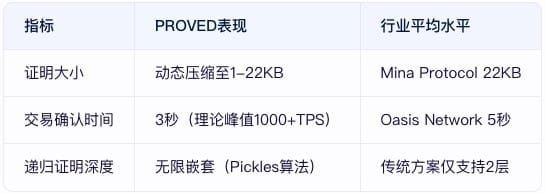
1.3 Core Application Scenarios
Supply Chain Traceability: Providing full chain privacy protection for companies like Walmart and Moutai, reducing verification costs by 80%.
Financial Settlement: Cross-border payment fees as low as 0.0003 PROVE, with settlement periods shortened from T+3 to real-time.
Identity Authentication: Collaborating with Prove Identity to achieve passwordless login with SIM card + biometric features, reducing fraud rates by 72%.
Two, Token Economic Model: A Sustainable Growth Flywheel
2.1 Token Distribution (Total of 100 million tokens)
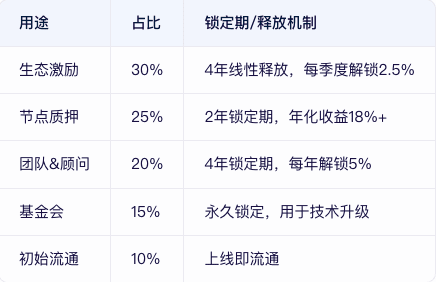
2.2 Value Capture Mechanism
Payment Layer: Prove requesters pay PROVE to purchase computing power, with the protocol charging a 5% fee injected into the ecological fund.
Staking Layer: Nodes stake PROVE to participate in consensus, with a slashing mechanism ensuring network security.
Governance Layer: PROVE holders vote to determine core parameters such as fee rates, technical upgrades, etc. (current benchmark rate 0.1%).
2.3 Staking Yield Model
Basic Yield: Annualized 18% (Industry Average 12%), dynamically adjusted to maintain a staking rate of 50%-70%.
Additional Incentives: Nodes participating in cross-chain verification can earn an extra 30% yield, promoting ecological expansion.
Three, Horizontal Comparison: Why is PROVED More Competitive?
3.1 vs Aleph Zero (Privacy Computing Track)
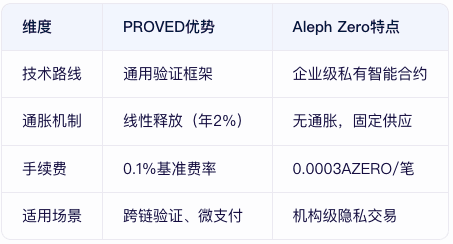
3.2 vs Mina Protocol (Lightweight Blockchain)
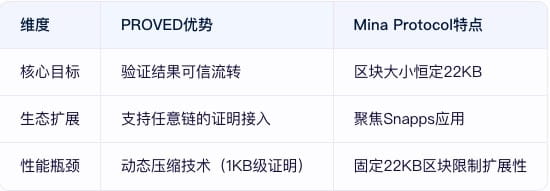
3.3 vs Oasis Network (Data Economy Track)
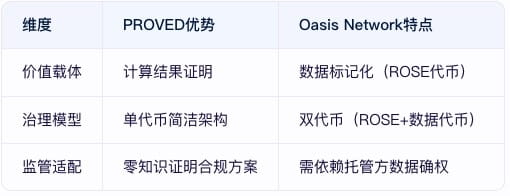
Four, Future Roadmap and Ecological Outlook
Q3 2025: Launch of the mainnet, supporting cross-chain verification for Ethereum, Polkadot, and Solana.
Q1 2026: Launch of 'Proof-as-a-Service' API to lower the access threshold for enterprises.
Q3 2026: Collaborating with the Hong Kong Securities and Futures Commission to explore compliance verification for security tokens (STO).
Long-term Vision: To become the 'Trusted Computing Infrastructure' of the Web3 world, allowing smart contracts on any chain to access trusted data from the real world.

Registering on Binance can use the referral code: DBQAREOK
Follow me for periodic updates on various project information!
https://www.binance.com/en/join?ref=DBQAREOK




